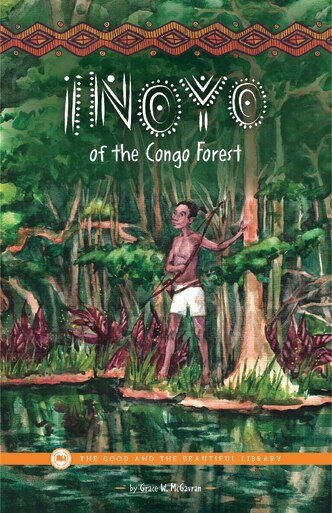Remember when smoothies were all the craze? You can sneak fruits and veggies into them, drink your breakfast, and feel good about your nutritional choices for the day...
Unfortunately, it really wasn't that simple. It turned out to be really easy to load up on sugars quickly, without even realizing how much sugar you were getting, and people weren't getting the health benefits they'd hoped. However, that doesn't mean we throw the baby out with the bathwater!
You can mix up the ingredients, too, to address various nutritional challenges. Smoothies made with whole-milk, for example, will have more fat than smoothies made with water or non-fat milk. Smoothies made with milk, yogurt, or water will have less sugar than those made with fruit juice.
Whip up one of these yummy smoothies for a sweet autumn treat! These cute mason jars are perfect for taking them on-the-go!
Chunky Monkey
This is a filling treat that's ready in less than five minutes. You can use any nut butter you choose, and if you don't have frozen bananas, use fresh ones with a couple of ice cubes.
- 1 c almond milk
- 2 frozen bananas, in chunks
- 1 Tbsp almond butter
- 1 Tbsp cocoa powder
- 1/2 c chopped dates
Combine all ingredients and blend until smooth and creamy. Add more almond milk for a smoother texture.
Pumpkin Pie
Perfect for autumn, this sweet treat is like having the Thanksgiving pie without the side of guilt!
- 1 c almond milk
- 1/2 c pumpkin puree
- 1/2 c crushed ice
- 4 chopped dates
- 1/4 tsp vanilla
- 1/4 tsp cinnamon
- 1/8 tsp nutmeg
Combine all ingredients and blend until smooth and creamy. Add more almond milk for a smoother texture.
This three-book bundle includes:Freezer Cooking Through the Year – This book includes : the whats and whys behind freezer cooking how-to tips and tricks pantry freezing guidelines, printable planning sheets more than thirty kid-friendly recipes!
Freezer Cooking Through Another Year – Join us for another twelve months of seasonally-appropriate freezer cooking recipes, along with planning tips and helps! This is for anyone who wants to get a leg up on getting healthy meals on the family table, without much fuss, and includes planning sheets and extra hints.
A Slow-Cooked Year – This book includes : the whats and whys behind crockpot cooking, how-to tips and tricks, safe crockpot guidelines, printable planning sheets, and more than thirty seasonally-appropriate, kid-friendly recipes!


.png)







.jpg)




















.jpg)



.jpg)


